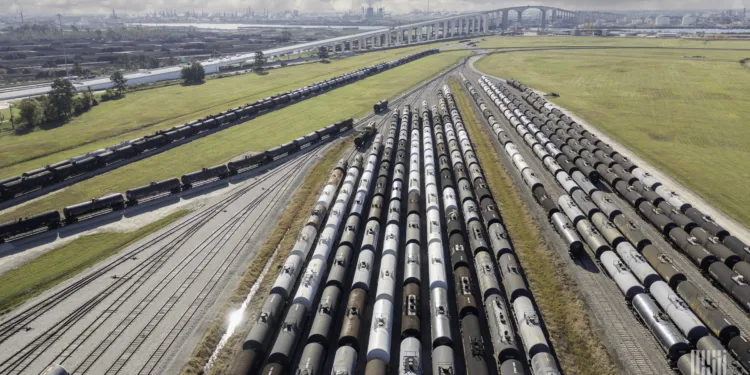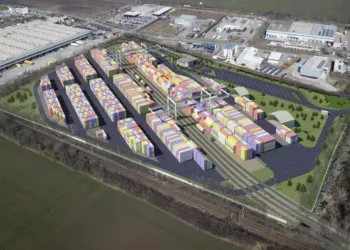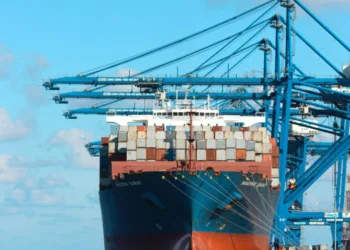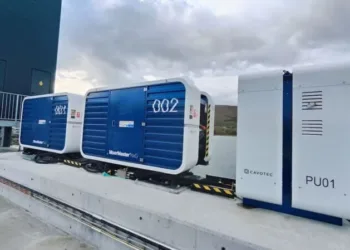WASHINGTON — Labor and industry are giving the Trump administration opposing takes on how technology and automation in freight railroading should be considered as a long-term economic strategy.
In comments filed with the U.S. Department of Transportation’s request for comments to help the department update its five-year strategic plan extending to 2030, the International Association of Sheet Metal, Air, Rail and Transportation Workers (SMART-TD) said the rail industry is at a point of critical mass.
“Under the guise of new and improved efficiencies, Class I railroads have hollowed out their workforce and pushed unsafe practices, including the operation of ever longer and heavier trains that infrastructure cannot safely accommodate,” wrote SMART-TD Legislative Director Jared Cassity. “These practices directly threaten the resilience of the rail network and, by extension, the nation’s supply chain.”
Cassity told DOT that the strength of the rail network is already beginning to weaken with current technological failures, including delays caused by end-of-train devices that routinely lose communication, locomotive engine power losses, and unplanned stops caused by positive train control snags.
“These railroads cannot even get their handheld radio systems to function consistently with the length of today’s trains. If the carriers … cannot perfect basic technologies such as reliable radios, DOT cannot allow the nation to place blind faith in their ability to operate a railroad strictly through unproven, untested automation.”
To preserve safety and resiliency, SMART-TD, which represents train engineers and conductors, said DOT and Congress must require two-person crews on all freight trains.
“Railroading is a high-risk industry where automation cannot yet guarantee safety for workers or the public. The aggressive pursuit of automation and new technologies by freight railroads, despite fragile safety standards, is reckless.”
But the Association of American Railroads considers a mandate on two-person crews one that conflicts with the Trump administration’s policy goals of regulatory reform, and is pushing the administration to repeal the Biden-era federal rule requiring them.
“Efforts to require at least two-person crews in the freight rail industry lack a safety justification and ignore the successful use of single-person crews in the U.S. and globally,” according to an AAR policy statement. “Such regulations disrupt collective bargaining and hinder the rail industry’s ability to compete with less climate-friendly transportation methods while also impeding innovation and harming small businesses.”
On the use of automation in freight rail more broadly, AAR is urging DOT and Federal Railroad Administration policymakers to encourage more use of technologies that it contends improves rail safety and operations.
“For example, automated track inspection can improve detection of defects and response time, leading to fewer track-related accidents, and safety data collected from the automated track inspection programs clearly support further deployment of this important technology,” AAR stated in its own comments filed with DOT on the department’s long-term strategy.
“Unfortunately, due to the existing regulatory framework, new rail technologies can often only be used alongside, rather than as an enhancement to, manual inspections required by existing FRA regulations.
“Railroads, however, will continue to develop and implement new technologies to improve infrastructure safety and performance, but achieving maximum benefit will require regulatory flexibility that does not hinder innovation, allows railroads to find what works best, and encourages railroads to keep investing in those technologies.”
Related articles:
- Will AI rewrite America’s freight strategy?
- Trump’s FRA nominee vows to uphold 2-person train crews
- DOT rolls out National Freight Strategic Plan
Click for more FreightWaves articles by John Gallagher.
The post Labor and industry clash over rail automation appeared first on FreightWaves.






















